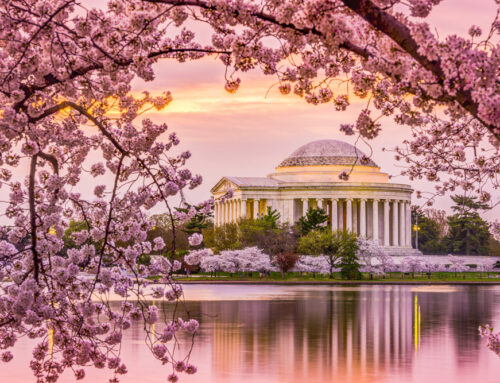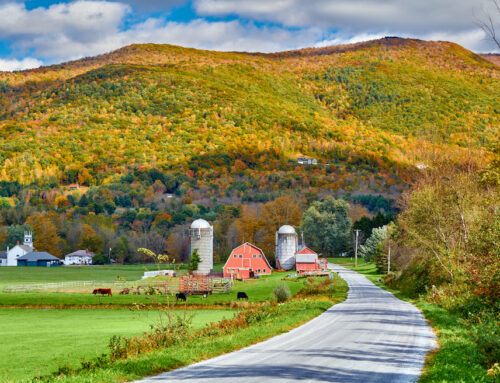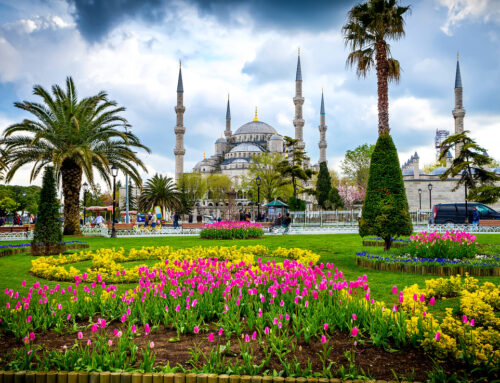Mugs and Coffee Traditions From Across The Globe

Mugs and Coffee Traditions vary all cross the world and make a fascinating study of our coffee drinking customs.
Everything gets better with coffee. It doesn’t ask questions, it understands, especially during mornings when we’re not even sure how to face the world. Coffee is that one thing that we have in common with the rest of the world. It may taste different, prepared and served individually, and smell unique, but coffee gives that weird kind of kick and calm just the same.
For coffee lovers out there, cups and mugs are the best travel souvenirs. These tokens represent a culture more uniquely and deeply than refrigerator magnets and key chains can ever do.
These days, finding different kinds of mugs found all over the world displayed in a modern kitchen is no longer surprising. Transforming cups and mugs into an artful display is something that truly appeals to travelers and coffee lovers. This is because despite the contemporary layout of condo living, one still feels the need to connect to the traditional world, and coffee does that effectively.
Let’s travel the world with these different kinds of mugs and coffee from around the world.
Vietnam: Egg Coffee

Photo courtesy of Joy Coyle via Flickr
Traditional coffee in Vietnam tastes like you are eating dessert. It is traditionally prepared with egg yolks, sugar, condensed milk, and coffee powder. Cheese is optional. Tiramisu, anyone? Don’t feel guilty about egg coffee’s rich, sweet taste. Yolks and milk are good sources of protein.
Egg coffee has been served in coffee shops and restaurants throughout Hanoi since the 1950s. It is usually served in a hot bowl of water to keep the coffee warm.
Mexico: Café del Olla in clay pot

Photo courtesy of Ana Gremard via Flickr
Mexican coffee takes pride in its natural ingredients—ground coffee beans, cinnamon, and piloncillo, the rawest form of sugarcane. It’s like a deliciously-prepared spiced drink, made even more special by being brewed and served in earthen clay pots that are believed to add flavor to the drink. These clay pots are a good remembrance of vintage Spain.
France: Café au Lait

Photo courtesy of Sunday Drive via Flickr
We have the French to thank for the frothy coffee drinks typically served in coffee shops. But unlike most cups served commercially, the traditional café au lait is served with warm frothed milk on the side of a small coffee. When in France, you are most likely to get the coffee served with a pitcher of steamed milk to pour to your cup as you please.
Spain: Café Bombon in shot glasses

Photo courtesy of LWYand via Flickr
If your traveling life brings you to Spain, do not miss to take a sip of their traditional café bombon. This is prepared with espresso served with sweetened condensed milk. The milk is poured slowly to sink underneath the coffee so that two separate colors are formed. They are served in clear glasses for visual effect.
Australia: Flat white

Photo courtesy of Katherine Lim via Flickr
This Australian classic is popular all over the world. A flat white is basically a condensed latte but with higher proportion of coffee to milk. The drink is prepared by pouring steamed milk with velvety consistency over a single or double shot of espresso. It is that thin layer of velvety foam that earned it the name “flat.” Flat white is traditionally served in ceramic cups.
India: Kaapa in metal tumblers

Photo courtesy of Charles Haynes via Flickr
Kaapa or coffee was said to have been introduced in India in the 16th century. The traditional Indian coffee is very slowly brewed using a special filter device, thus the nickname “filtered coffee.” The drink is then mixed with frothed milk and sugar. This very potent type of coffee is served in metal tumblers.
Turkey: Turkish coffee in fincan cups

Photo courtesy of Kim Rossi via Flickr
Coffee is so much a part of Turkish culture and heritage that the UNESCO conferred it as an Intangible Cultural Heritage of the country. Turkish coffee is not for the faint of palate. It is served thick and strong with the fine grounds still in it.
Turkish coffee epitomizes the famous Turkish proverb that says coffee should be “black as hell, as strong as death, and as sweet as love.” It is traditionally served after meals and poured from a long-handled copper pot called cezve and into Turkish coffee cups known as fincan. Having such kind of cups and mugs with a history as rich as coffee are good pieces to display in the house as they would surely be a good point of discussion.
Cuba: Café Cubano in shots

Photo courtesy of Holley St. Germain via Flickr
Cubans like their coffee strong. Coffee is an important part of Cuban culture, so much so that they drink it at any time of the day. Café Cubano consists of a strong shot of espresso and sweetened with sugar. No milk is added. It is served in small cups or shot glasses.
Ireland: Coffee with whiskey

Photo courtesy of Angel Ortega via Flickr
Coffee and booze together—could there be a better pairing? Irish coffee is a whiskey-spiked concoction topped with cream. Why whiskey? Legend has it that this coffee was invented on a chilly winter night in the 1940s by a group of Americans who want a drink to warm them up. Irish coffee is usually served in wine or beer glasses.
Ethiopia: Coffee in a jebena

Photo courtesy of Rod Waddington via Flickr
Ethiopia is known as the birthplace of coffee. If you are in a hurry, buna or coffee in Ethiopia is not for you. Its preparation normally takes two to three hours—from roasting to serving in a special spouted pot known as jebena. The process involves roasting the beans, grinding, brewing, and then straining. The process isn’t excruciatingly slow for no reason, because in Ethiopia, roasting and preparing coffee is a ceremony on its own. Buna is served with salt or butter.
Coffee has a special way of connecting the world. While their histories and processes are different, coffee brings with it comfort and familiarity wherever you may be. The taste and the aroma capture the diversity of the human race and bring together our common love for the one thing that keeps us feeling alive.
*********************************
About The Author: Emily Harper is a busy housewife who finds the time to blog. She loves to travel, explore new places and experience new cultures.
**********************************





